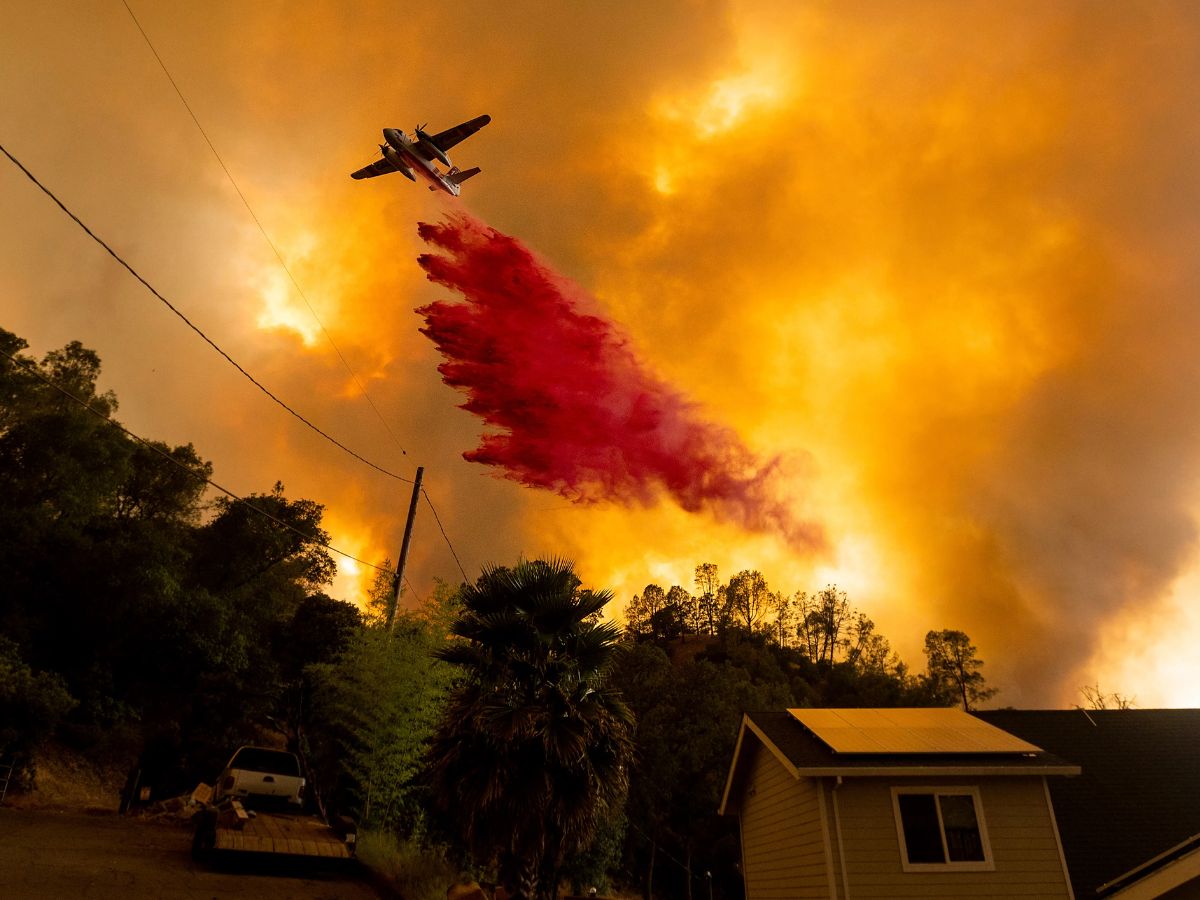
Wildfire Risk for Renters: What Renters Insurance Actually Covers—and What It Doesn’t
If you’ve ever spent a dry, hot summer living in a wildfire-prone area, you know how nerve-wracking it can be. And every year, wildfires seem to get worse. In 2024 alone, nearly 65,000 wildfires were reported—up from about 56,000 in 2023. Right now, around 20% of U.S. homes (worth a total of $8.8 trillion) are at risk of wildfire damage.
Homeowners often have insurance that offers some peace of mind. But for renters? The situation isn’t always so clear. Here’s what you need to know to protect yourself—and your stuff.
Your Landlord’s Insurance Doesn’t Cover You
You might assume your landlord’s insurance will help if a wildfire damages your rental. Unfortunately, it doesn’t work that way.
“Landlord insurance only covers the building itself—not your personal belongings or liability,” explains Jimmie Banta of EPIC Insurance. That means if your stuff gets damaged or you need a place to stay, you’re out of luck unless you have renters insurance.
Surprised? You’re not alone. In 2024, about 42% of renters didn’t have insurance—many because they wrongly thought they were covered under their landlord’s policy.
Without renters insurance, your only protection might be the chance to break your lease if the place is destroyed. Some states require landlords to refund prepaid rent and your security deposit—but that’s about it.
What Renters Insurance Actually Covers
When a wildfire hits, evacuations can happen fast. Most experts recommend keeping an emergency bag ready, but even then, you may have to leave things behind. That’s where renters insurance steps in.
Renters insurance can help pay to replace your personal belongings—like clothes, electronics, and furniture—if they’re damaged or destroyed by wildfire. It can also cover the cost of temporary housing if your rental becomes unlivable.
“If your apartment burns down, your policy can reimburse you for your stuff—up to your coverage limit, minus the deductible,” says Erika Tortorici of Optimum Insurance. Most policies also include “loss of use” coverage, which helps with temporary housing and living expenses.
Good news: it’s not as expensive as you might think. In 2025, renters insurance cost an average of just $23 per month, according to ValuePenguin.
Your policy may even cover belongings damaged during evacuation. But not everything is included—like your car. Wildfire damage to a vehicle is only covered by comprehensive auto insurance, not renters insurance.
Getting Renters Insurance in High-Risk Areas
Here’s the tricky part: If you live in a wildfire-prone area, getting renters insurance can be harder—or more expensive.
“Some insurers have stopped offering policies in high-risk ZIP codes or are charging more for wildfire coverage,” says Banta. This is especially true in states like California and Wyoming.
Depending on where you live, you might also need extra coverage. For example, renters insurance doesn’t cover flood damage, and in some areas, it may not cover hurricane or wind damage either unless you buy additional protection.
What To Do Now
If you’re renting in an area at risk of wildfires, don’t wait until it’s too late to get covered.
- Shop around to compare coverage and pricing
- Take inventory of your belongings—photos and receipts help
- Understand your policy limits and exclusions
“Don’t underestimate the value of your stuff,” says Banta. A renters insurance policy could be the safety net you need if disaster strikes.
“Don’t underestimate the value of your stuff,” says Banta. A renters insurance policy could be the safety net you need if disaster strikes.



